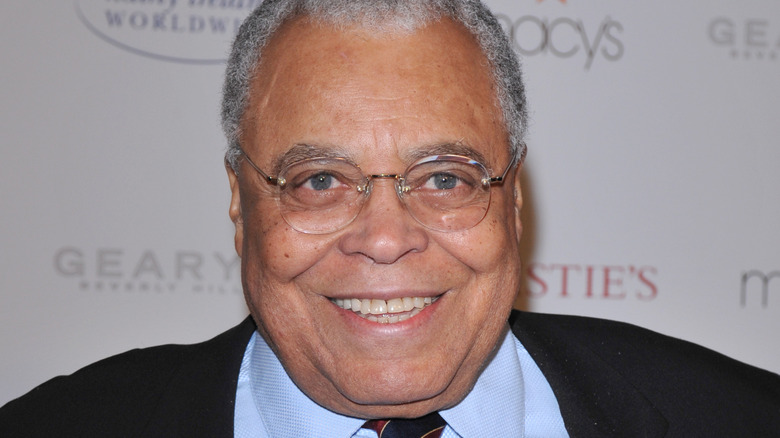Recently, Gamespot ran a feature on Fantasy Strike, a new game from Sirlin Games which is attempting to make the fighting game genre as simple as possible. “Our game is so simple to play that even if you don’t normally play fighting games, you still might love Fantasy Strike,” the developers say. Making fighting games more accessible has been an obsession for fighting game developers for the last decade. Listen to almost any interview with a developer working on a fighting game since Street Fighter IV was announced, and they’ll usually mention how they’re trying to attract new players with more accessible gameplay. I’m all for making fighting games easier to play. There’s no real utility in adding unnecessary tech barriers to make a game “deeper;” difficulty is the illusion of gameplay depth, not gameplay depth itself.
However, developers seem to think that focusing on making their games easier to play will lead to growth in the community. This is fallacious thinking that has real consequences for the games we’re playing and the potential for community growth. I believe that focusing strictly on improving accessibility for their fighting games has led fighting game developers to neglect investing in other areas of the game which are needed to attract new players to their games.
For example, in an interview in 2015, Yoshinori Ono, a developer at Capcom and the producer of Street Fighter IV and V, talked about some of the problems he thought Street Fighter III had:
I worked with the Street Fighter brand for quite some time before working on Street Fighter IV. Looking at Street Fighter III, it’s very well-known that it’s a master class title, it’s a masterpiece in and of itself, but the game got to a point where it was so high level that only masters could really play each other. You had to be an expert to be able to even have a chance at playing that game after a certain point.
This reasoning has become one of the go-to arguments when developers and members of the Fighting Game Community discuss Street Fighter III’s low sales and lack of appeal outside of the dedicated FGC. Ono and his team tried to counteract this by deciding to “use today’s technology and make Street Fighter II.” It worked; in 2009 Street Fighter IV ushered in the new golden age of fighting games, with high quality releases coming from several companies, several times a year. Street Fighter IV sold over three million copies, and the SFIV series sold over eight million copies.
Meanwhile, Call of Duty: Modern Warfare 2 sold twenty million copies in seven months.
The focus on accessibility has stopped fighting game developers from asking the really tough questions about why their games are getting left behind. Mortal Kombat X selling five million copies is great; Super Smash Bros. Brawl’s ten million copies is even better. Yet those figures pale in comparison to other competitive games. Overwatch has sold 33 million copies in one year. That brings it within spitting distance of both Street Fighter’s and Smash Bros.’ series lifetime sales.
You might say it’s unfair to compare a first person shooter to a fighting game, but that’s EXACTLY the comparison we need to be making. We need to know how FPSes, a genre that was once confined to the most hardcore of hardcore players, exploded from relative obscurity to become one of the dominant forces in both casual gaming and eSports. We need to know why, during the same time, fighting games have not experienced the same kind of growth that FPSes have. That conversation needs to move past accessibility, because that’s not the issue.
Overwatch is not an easy game. It uses almost every button on the controller. It has twenty five unique characters with radically different abilities and playstyles. It has large, intricate maps to navigate. It has shifting objectives. If you want to stand a chance in Overwatch, you must invest a huge amount of time and energy in learning the ins and outs of the characters and strategies the game offers. Overwatch is also a game that is basically unplayable without an internet connection. There’s no single player campaign or even local versus mode. Those challenges have not prevented Overwatch from becoming one of the most popular games in the world. Overwatch has a learning curve at least as steep as Street Fighter V. It suffers from the same lack of single player content that Street Fighter V has been savaged for. Yet it’s continuing to grow at a meteoric rate, while Street Fighter V struggles along to reach two million units sold.
The question is why? What are those games doing that earn them four or five times as many sales as fighting games? As fighting game developers continue to focus on accessibility, they aren’t truly grappling with the question of how FPSes leapfrogged them. Once again, the answer is not because they’re easier; if anything, FPSes have actually become harder as they’ve transitioned from the intuitiveness of a mouse-and-keyboard setup to the more abstract button layout of a modern console’s controller.
The major problem is that fighting games are not offering the same kind of value that other competitive games are. Videogame players are often looking for the best way to prove that they’re better than their friends. In the early 1990’s, Street Fighter II: The World Warrior was the best way for friends to compete, and the sales numbers reflected this- Street Fighter II sold over six million copies on the SNES alone.
It’s critical to understand the reason so many people bought Street Fighter II. They weren’t interested in the conventions of fighting games. They were buying a game to play with and beat their friends. Since that time, other competitive games have offered them better value and variety for their money. The people who bought Street Fighter II for their SNES and Tekken 3 for their Playstations moved on to buy Madden for their Playstation 2’s, then bought Call of Duty for their Playstation 3’s, and are now buying Overwatch for their PS4’s. These players are looking for the best multiplayer game for their money. They want varied and fleshed out gameplay modes. They want excellent online modes. They want continued support from developers and clear rewards for gameplay. They want characters they like and stories that interest them. And they want to convincingly beat their friends when they play and brag about their victories.
Some fighting games do some of these things, but none of them are doing them as well as the other genres of competitive games. Street Fighter V’s Fight Money system will never compete with Overwatch giving away characters and loot boxes. GTA Online’s constant free updates make Guilty Gear’s paid revisions look silly. Super Smash Bros. for WiiU is bare-boned compared to the enormous amount of gameplay in NBA 2K18, even if you never play another human being. These are the elements that propel other games past fighting games, and Street Fighter VI is going to need more of those features, not less difficult combos.










From learning combos, to memorizing frame data and figuring out character match-ups, the path to fighting game mastery is a fulfilling but arduous journey.